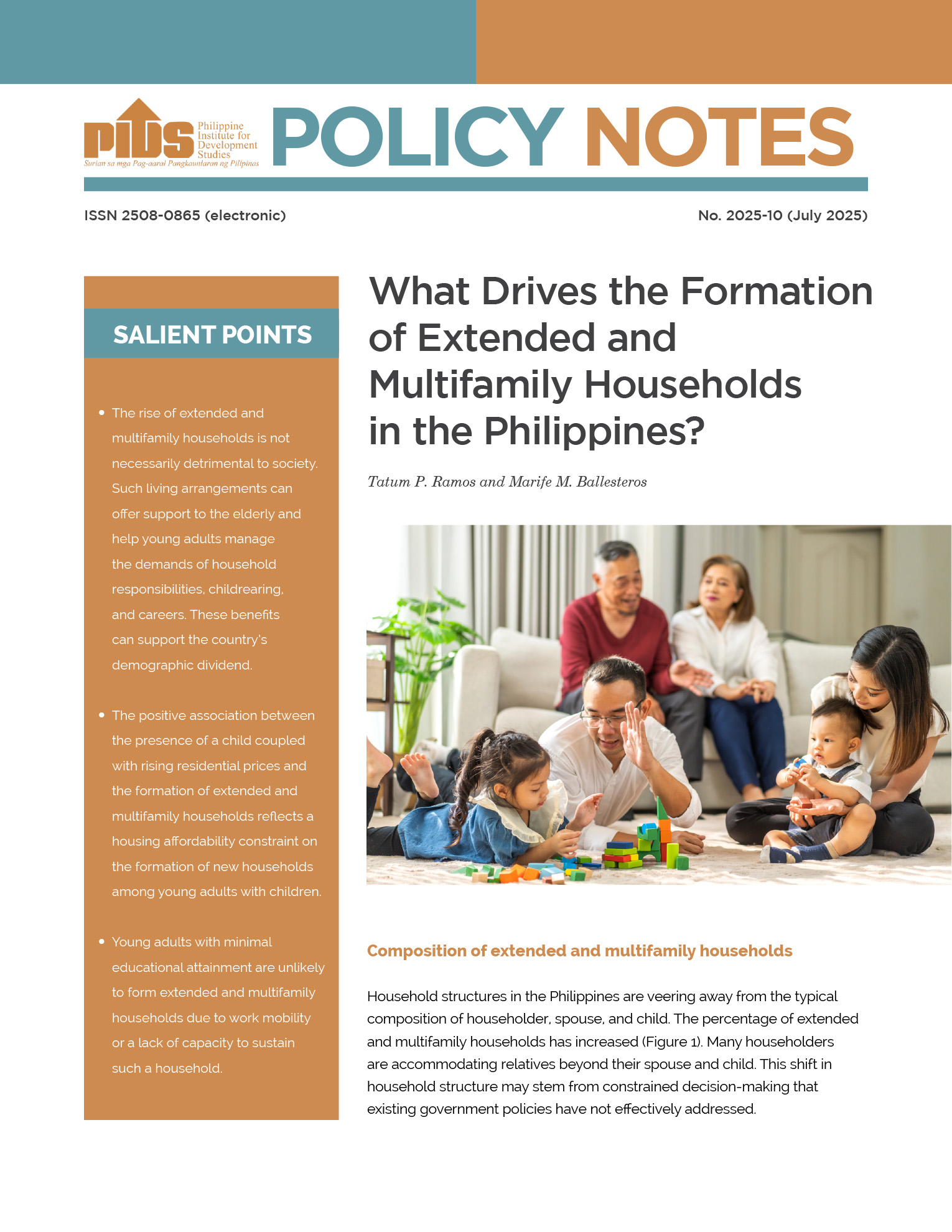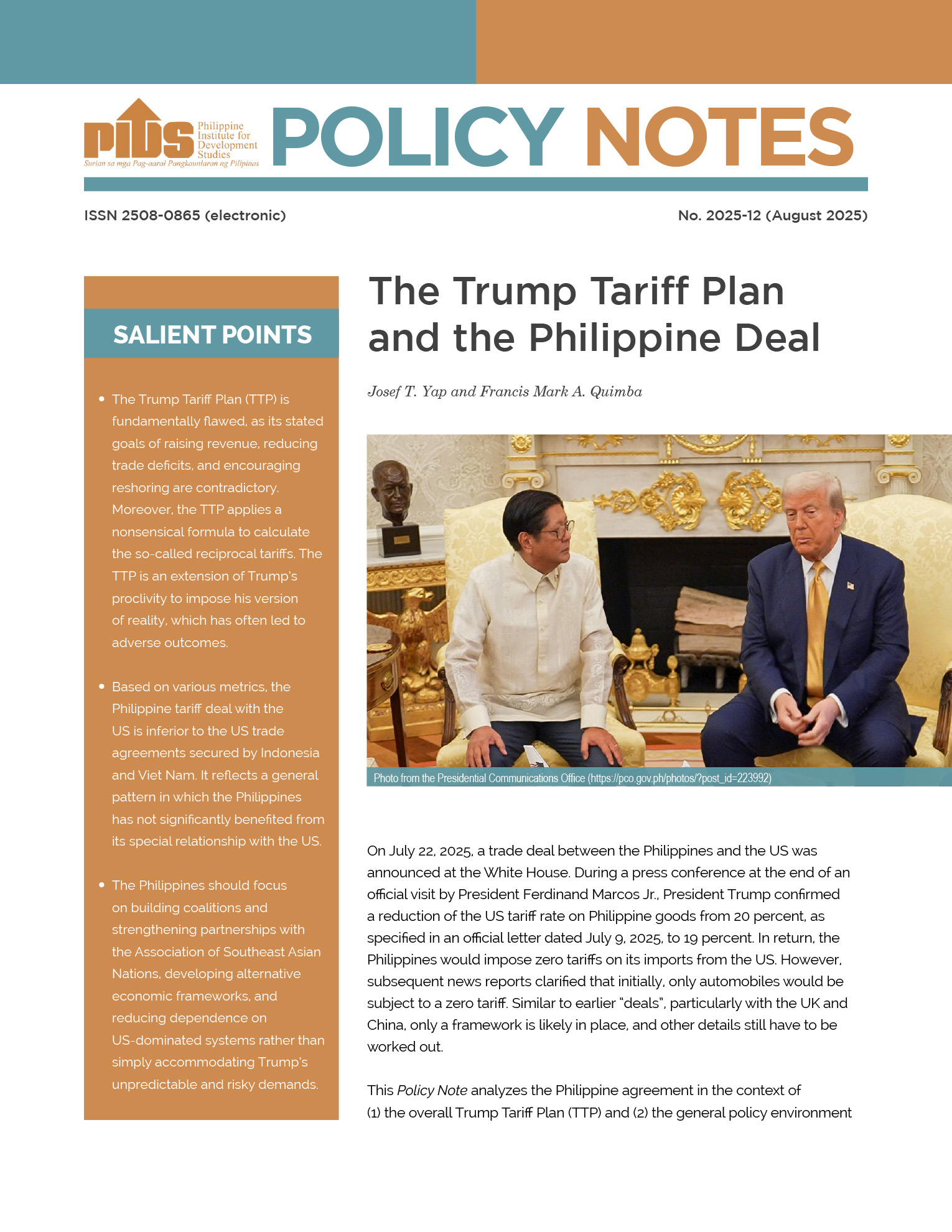The Rice Watch and Action Network (R1) has opposed the proposal of the Senate Committee on Food and Agriculture to set aside P10 billion to the rice sector annually once the quantitative restriction (QR) on the staple is lifted.
R1 Executive Director Hazel Tanchuling told the BusinessMirror that all tariff revenues from rice imports should go to the rice competitiveness enhance fund (RCEF).
Tanchuling said P10 billion is not enough to aid farmers to hike their productivity, particularly at this time when the cost of producing paddy is rising due to more expensive fuel and other inputs.
“We think the rice sector needs a lot of support to improve competitiveness and cut production cost to P8 to P9 per kilogram [kg], from the current P12 to P13 per kg,” she said.
“Right now because of the TRAIN [Tax Reform for Acceleration and Inclusion] law, production cost has further increased. Small-scale farmers, especially those in rain-fed areas, use 200 to 300 liters of diesel to power water pumps,” Tanchuling added.
The Senate Committee on Food and Agriculture earlier said it will propose to perpetually earmark at least P10 billion to the rice sector once the QR is lifted.
Sen. Cynthia A. Villar, committee chairman, said she will incorporate a provision mandating the allocation of P10 billion to the rice sector every year in the Senate’s version of the rice-tariffication bill.
This provision, Villar said, would improve the productivity of rice farmers and help them become competitive against their Southeast Asian counterparts who can produce rice at a lower cost.
“I have conditions that they [economic managers] have to meet. For example, they have to set aside P10 billion for rice farmers to help them mechanize and buy [better] seeds to hike their income and make them competitive,” she told reporters at the sidelines of a coastal cleaning event in Kawit, Cavite, on June 20.
“Even if the government imposes a 35-percent tariff on rice from Vietnam, if our farmers are not competitive, they will still be edged out by foreign producers,” Villar added.
She said the P10-billion fund should be initially shouldered by the national government. Later on, the amount can be drawn from tariffs collected from rice imports.
“There will be a rice competitiveness enhancement fund from the tariffication. But if we are going to wait for that, then our farmers would lose right away,” she said. “The government has to front-load P10 billion.”
Villar said she is “lukewarm” to the House of Representatives’s proposal to limit the effectivity of the RCEF to six years.
“[The RCEF] should be perpetual unless the [law] is amended. For me, I am not keen on a six-year effectivity period. It should only be removed once the farmers are competitive,” she added.
The House version of the rice-tariffication bill includes a provision mandating the creation of the RCEF, which would consist of all the tariffs earned from rice imports. But, if necessary, Congress could pass a measure amending the law to extend the life of the RCEF.
The earlier House version indicated that the RCEF would be perpetual. It was later on amended to reflect the recommendation of the Department of Finance to limit the fund’s effectivity to six years.
Tanchuling said the R1 is also not keen on a six-year effectivity period for the RCEF. “I don’t think the Department of Agriculture [DA] can fast-track competitiveness measures on a nationwide scale.”
“The DA would need more time to make farmers competitive due to the impact of the Tax Reform for Acceleration and Inclusion and the increasing cost of production,” she added.
Removing the QR on rice by amending Republic Act 8178 would allow the government to generate P27 billion annually, according to a paper published by the Philippine Institute for Development Studies (PIDS).
The Pids paper noted that the projected revenues would come from the importation of some 2.2 million metric tons of rice at a 35-percent tariff. Purchases of imported rice are expected to increase once the government removes the QR.











